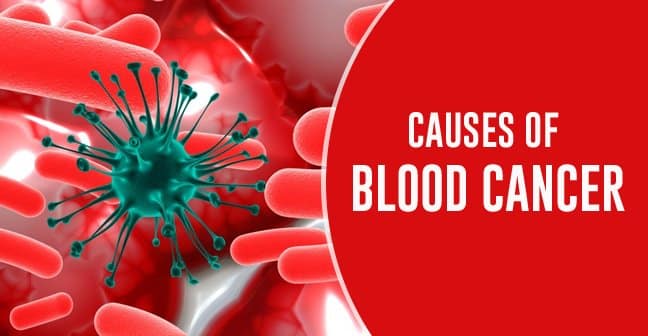In simple terms, Leukemia is a cancer of the bone marrow or blood. You must know that our blood is composed of 3 types of blood cells and the Red blood cells, white blood cells, and platelets are formed inside the bone marrow. Due to a gene mutation, there is an alteration in the DNA of immature blood cells, which leads to the continuous growth and division of cells. Hence, the abnormal cells do not die like their healthy counterparts, thereby accumulating more space. Ultimately, the cancer cells crowd out the healthy cells, impeding growth and function.
Seen both in children and adults, Leukemia can be categorized into:
- Acute and Chronic
- Lymphatic or Myelogenous
Surprisingly, Delhi has the highest incidence of blood cancer, representing 4.4% of all childhood cancers.
Acute or chronic
White cells, over their lifetime, mature through stages. In the acute type of leukemia, the abnormal cancer cells are useless, immature cells (blasts) that leave the bone marrow too soon, crowding out the healthy cells. In chronic kind of leukemia, it is a slower process of formation of abnormal cancer cells. It allows for the bone marrow to sometimes form useful mature cells. Acute is an aggressive form of cancer that requires timely treatment whereas chronic is slower in comparison and not as aggressive.
- Acute lymphocytic leukemia (ALL): This is the most common cancer seen in young children. It has also been seen in adults above 65 years of age
- Acute myelogenous leukemia (AML): It is seen in both children and adults, more commonly in the latter and affects males more than females
- Chronic lymphocytic leukemia (CLL): This is the most common cancer in adulthood. Statistically, over 60 % of cases are of males over the age of 55. It is rarely seen in children
- Chronic myelogenous leukemia (CML): It is majorly seen in adults
Lymphocytic or myelogenous:
This depends on which marrow forms the abnormal blood cancer cells. If the cancer cells are formed in the marrow that develops lymphocytes, it is known as lymphocytic leukemia. If the cancer cells are formed in the marrow that develops the red blood cells, other white blood cells & platelets, it is known as myelogenous leukemia.
What are The Blood Cancer Symptoms
Dr. Gaurav Dixit says you need medical intervention when you witness:
- Fever – persistent/high in characteristics. Not always present
- Recurrent or prolonged infections
- Headaches followed by vomiting and/or seizures
- Extreme fatigue, weakness, and in rare cases, slurring speech
- Presence of tiny red spots on the skin (Petechiae)
- Unexplained weight loss
- Nosebleeds
It is extremely important to note that the symptoms of leukemia are the same as any common infection. It is imperative to get your child checked by their pediatrician even if it looks like the common flu. Early detection is the key to the treatment of blood cancer.
Book an appointment with the best cancer specialist in India.
What is The Possible Cause of Leukaemia/Blood Cancer?
While the cause of leukemia is still unknown, it is influenced by a combination of genetic and environmental factors. A few risk factors for blood cancer have been identified or suspected:
- Previous cancer treatment or exposure to radiation therapy
- Genetic factors such as those with Down’s syndrome have a higher risk of developing leukemia.
- Exposure to certain chemicals like benzene and other petrochemicals
- Viruses such as HIV (Human Immunodeficiency Virus) & HTLV-1 (Human T-lymphotropic Virus)
- Blood disorders such as myelodysplastic syndrome
- Smoking or tobacco use
- Family history of leukemia
Leukaemia, while still a life-threatening disease, is one of the most treatable cancers. The key for survival depends on the staging and spread of cancer. As the symptoms of this type of cancer can be shelved under other infections, it is better to err on the side of caution, especially in the case of children, and get yourself checked out by your physician.























